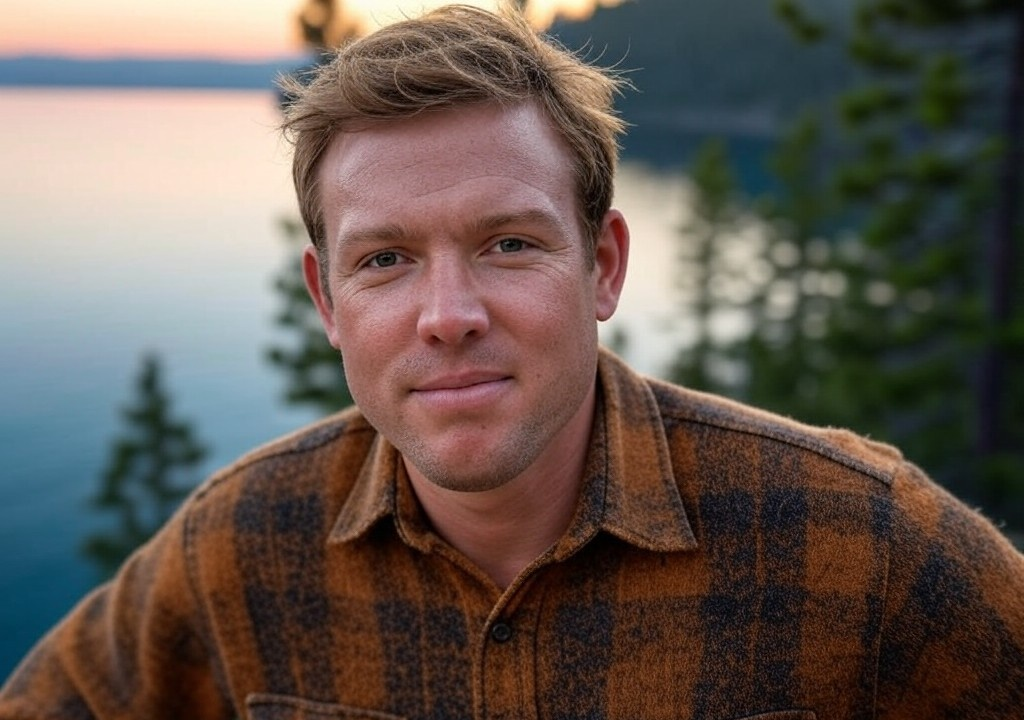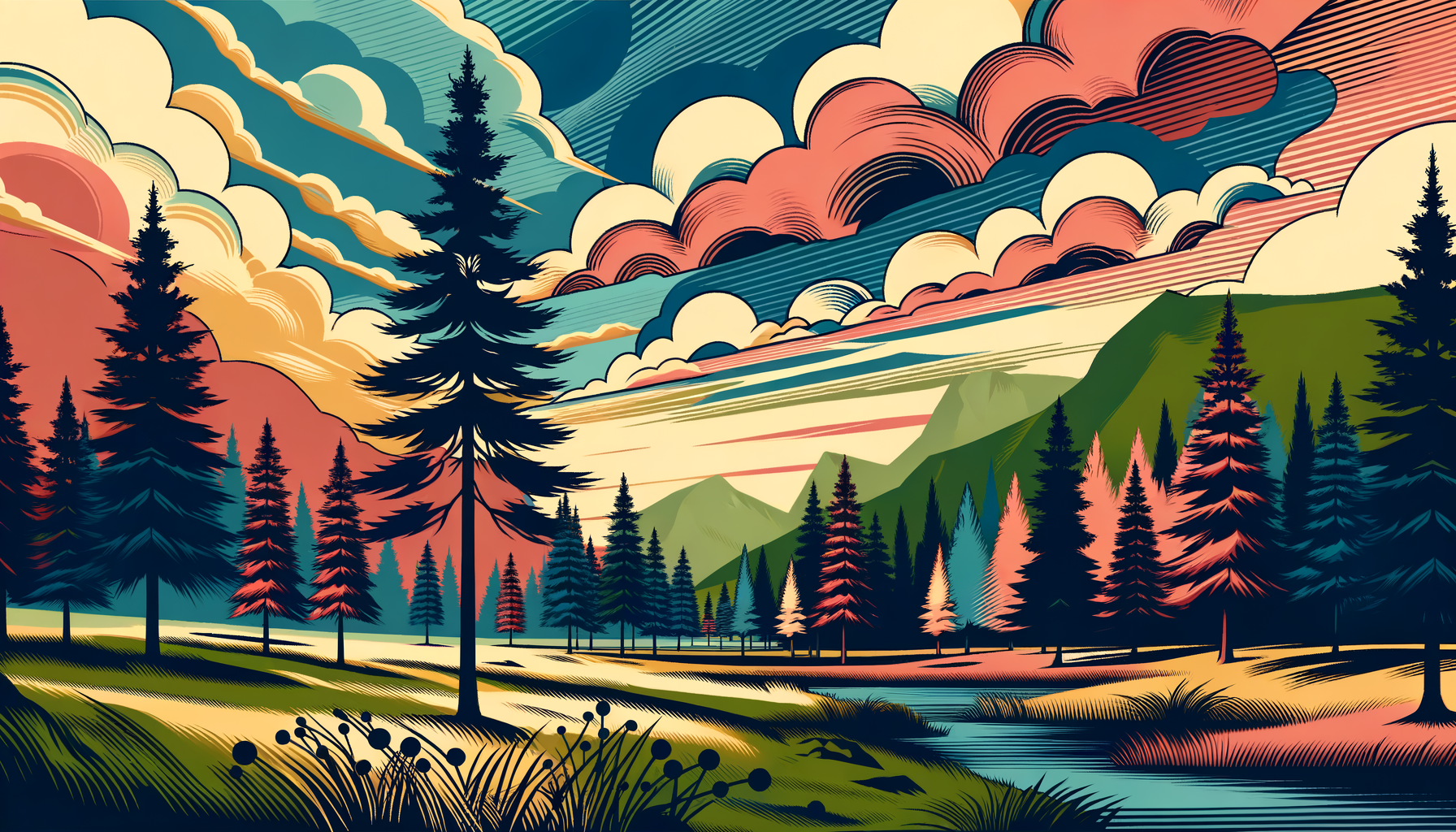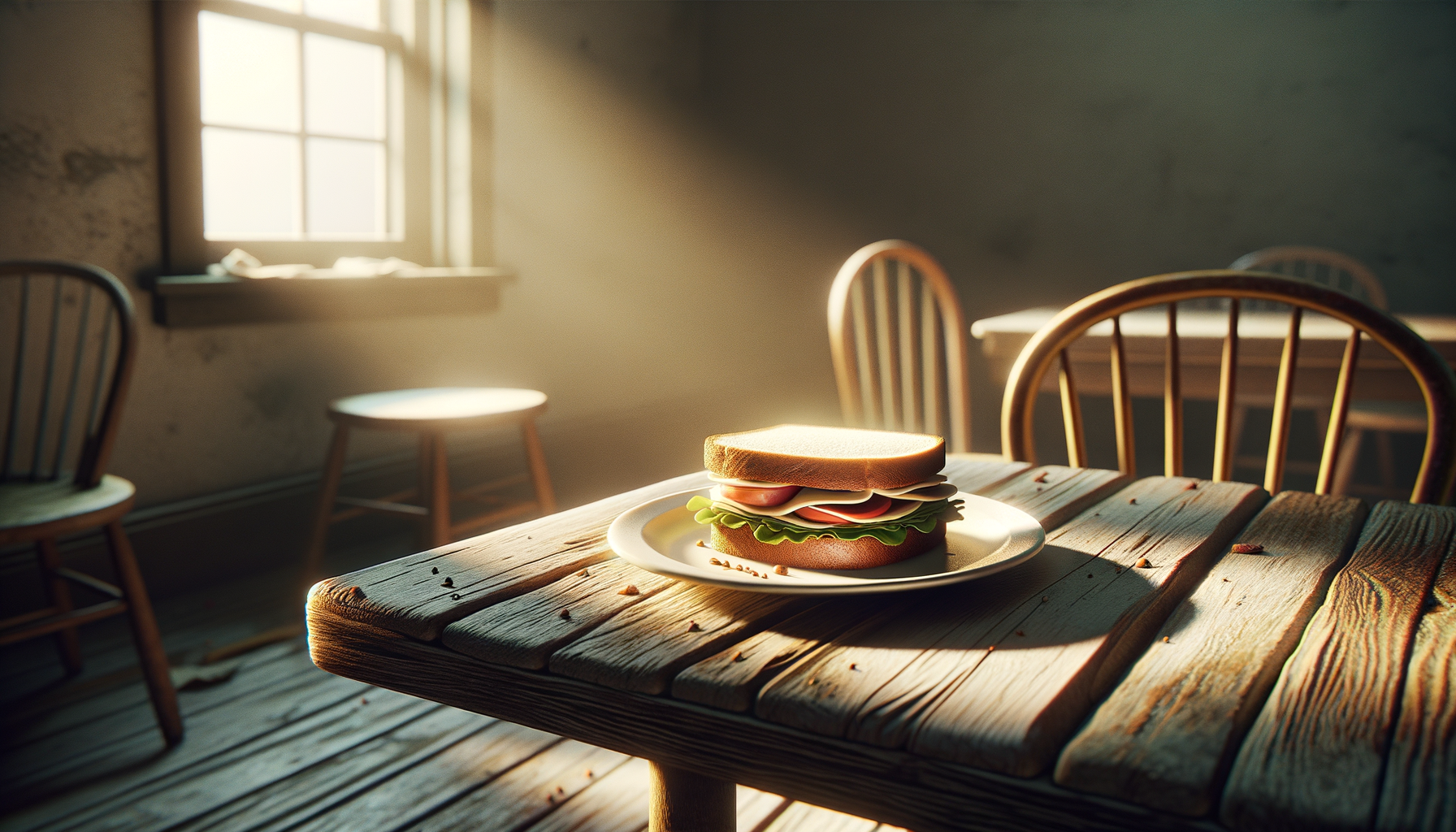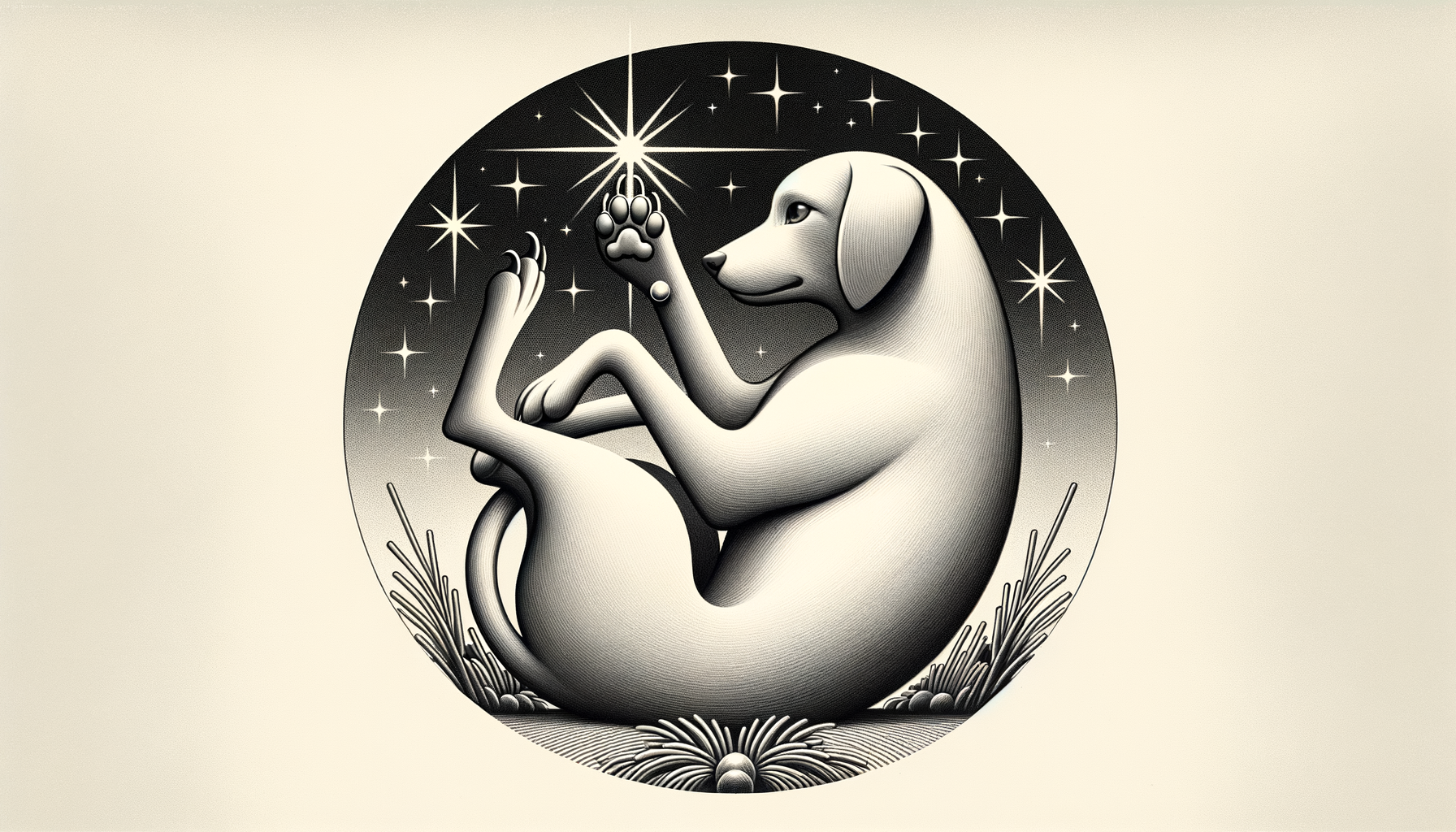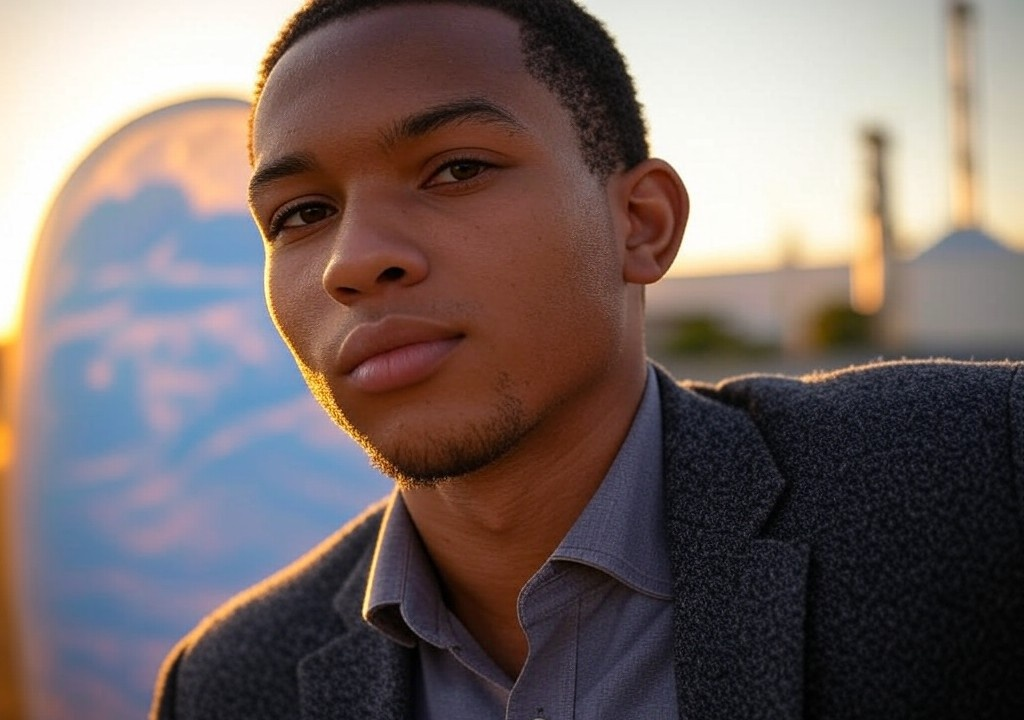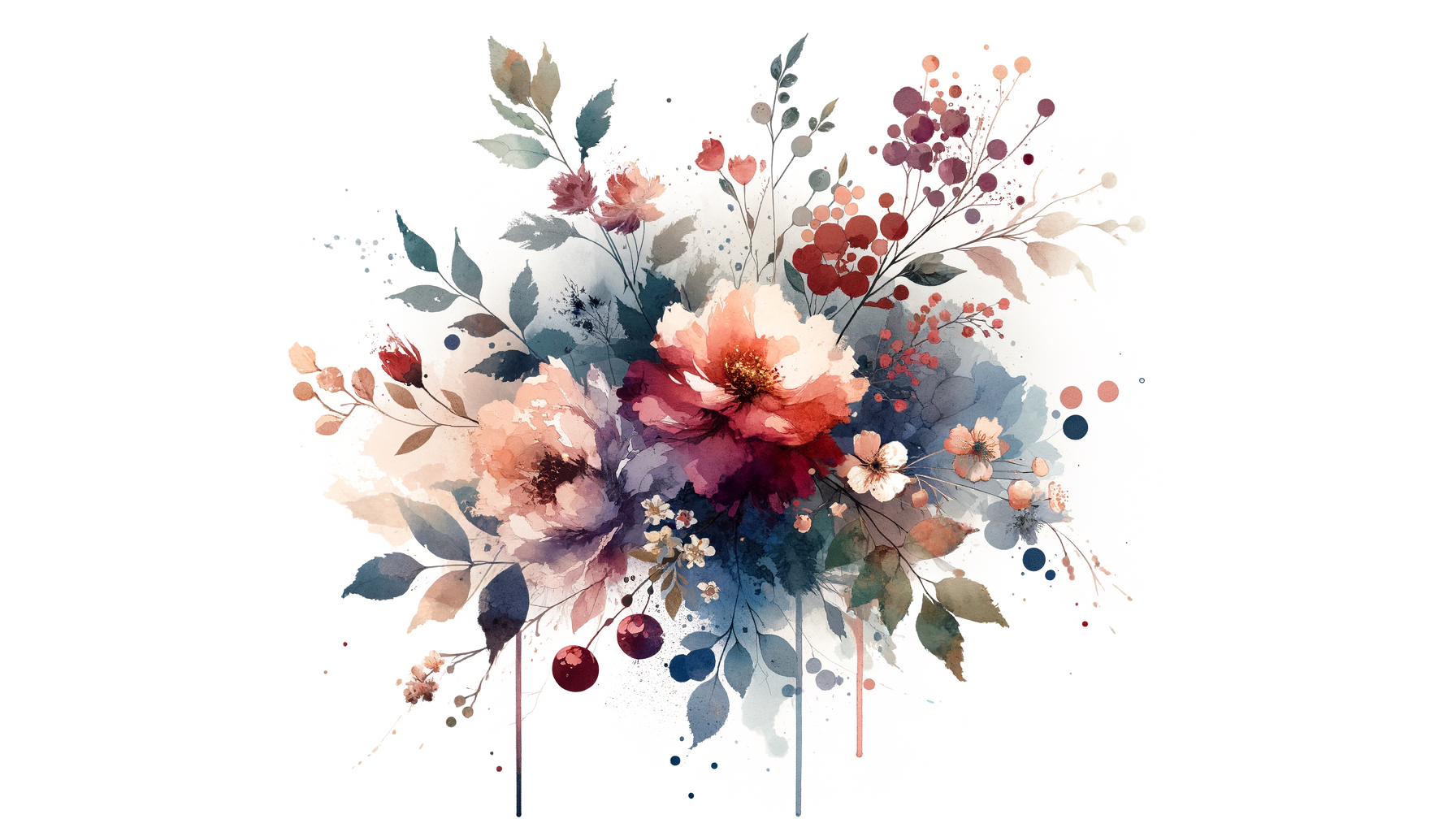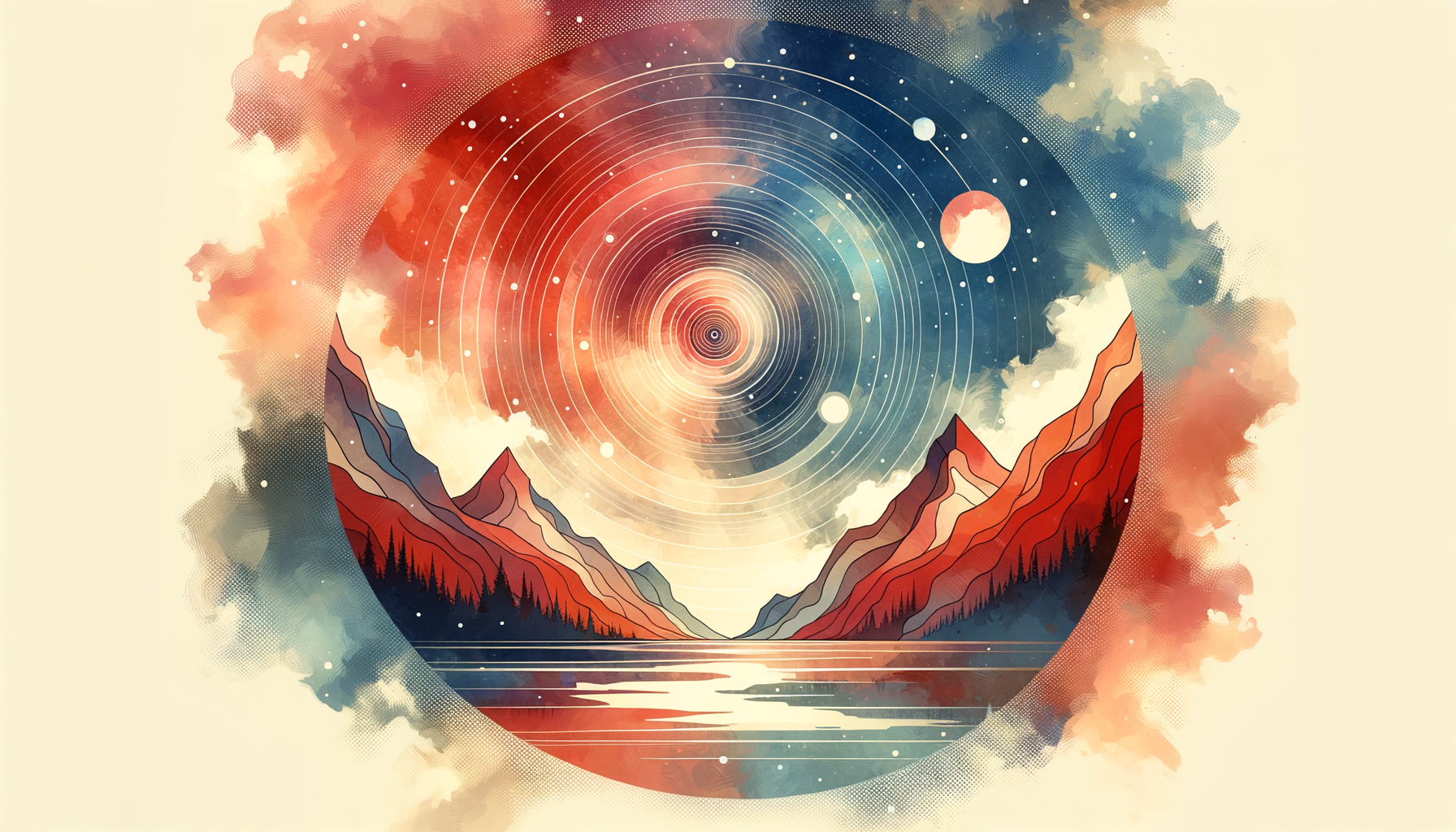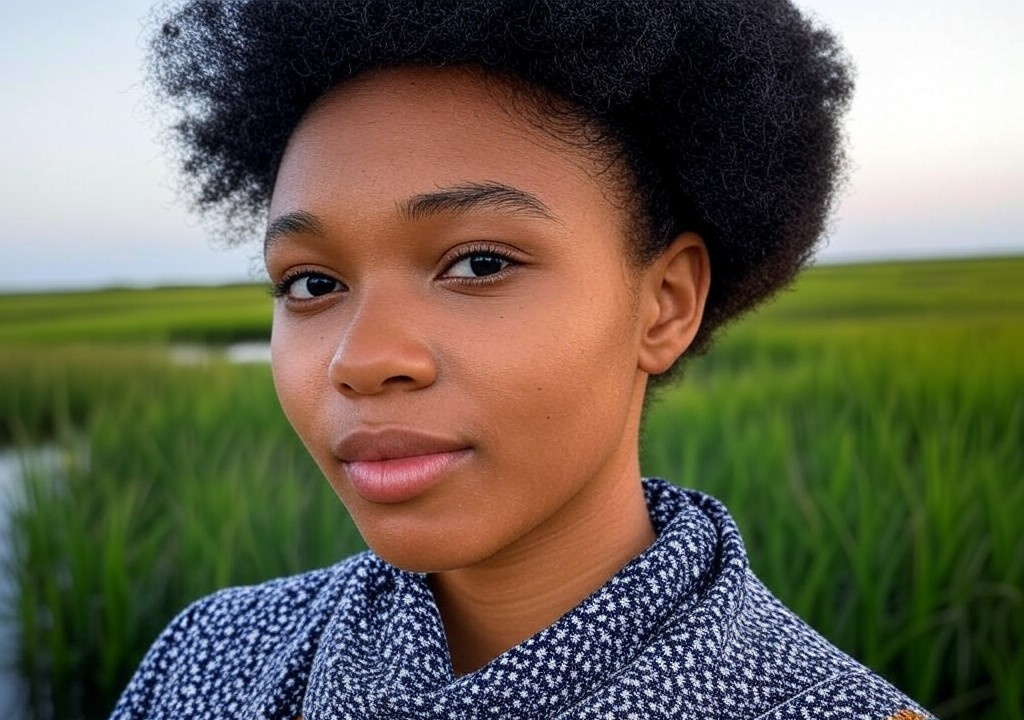It’s funny how the smallest decisions can ripple outward, shaping the course of your future in ways you never imagined. For me, it started with a book. A dog-eared copy of The Solace of Open Spaces by Gretel Ehrlich silently waited for me on a tiny shelf in my family’s lodge near Lake Tahoe. It was left behind by a guest during the summer season, tucked between a travel guide to Europe and an ancient paperback of The Grapes of Wrath. A scrap of someone else’s story, misfiled in the middle of ours.
At the time, I was in my early twenties and feeling unmoored—not enough to be dramatic about it, but just enough to feel that vague twinge of malaise you might recognize from a Zach Braff movie. I wasn’t looking for self-help (and honestly, I probably would’ve mocked anyone who suggested it), but what I found in Ehrlich’s essays ended up quietly realigning me. It altered how I saw myself, my relationships, and my place in the world. It wasn’t just a book about the Wyoming wilderness—it was about learning to navigate your inner wilds, too. And it changed me, one sentence at a time.
The Unexpected Art of "Showing Up"
The essays in The Solace of Open Spaces are a love letter to resilience and attention. Ehrlich writes about ranching and solitude with such vivid precision that her sentences feel as crisp as the first snap of winter wind off a mountaintop. But what struck me—what still strikes me—was her open-hearted embrace of simply being there. Whether it was herding sheep in a snowstorm or mourning the loss of a loved one, Ehrlich leaned into life’s sharp edges instead of flinching away from them.
At the time, I was a master at doing the opposite. I was the Houdini of emotional escape acts, ducking out of difficult or vulnerable moments under the guise of needing “space.” You know the drill: skipping out on the tough conversations, ghosting instead of confronting. But Ehrlich’s writing hit me like cold water on a sunrise hike. The antidote to loneliness wasn’t running away from discomfort—it was being fully present, even when the air was thin and the terrain uncertain.
In relationships, “showing up” sounds almost too simple to matter—like a string of empty words you’d slap on an Etsy mug. But here’s the thing: we underestimate it. Whether it’s committing to date nights, listening without scrolling through your phone, or staying through someone’s bad day instead of emotionally checking out, showing up is the heavy lifting. It’s how connections are forged, one deliberate moment at a time.
The Lesson of Open Spaces: Leave Room to Breathe
The other revelation the book gave me—almost paradoxically—was the gift of space. Ehrlich’s Wyoming landscapes are expansive yet never empty; they’re alive with sagebrush and stars scattered like confetti. To love someone deeply (or to live deeply, for that matter), you have to cultivate that same spaciousness, a roominess that lets others fully exist. And wow, does that apply to relationships.
I started off my dating life convinced that closeness could be measured like cell service bars. More time together surely meant more connection, right? Wrong. At least in my case, cramming someone into every available corner of your life isn’t love—it’s suffocating. What Ehrlich taught me is that healthy relationships have to breathe. There’s a reason trees grow stronger when they’re spaced further apart. Each root system needs the room to stretch down and out on its own terms.
In hindsight, this “breathing room” philosophy saved one of my longest relationships from crashing into the proverbial rocks. In those days, I made a conscious effort to cultivate a sense of independence—not just for myself but for both of us. I still went fly-fishing on Saturdays, and she still went to her pottery classes. We shared about the times apart when we came back together. Instead of crowding each other out, we doubled down on making space for one another’s passions and sense of individuality. That understanding became an anchor.
You Can’t Control the Weather (and That’s OK)
Here’s the final thing Ehrlich taught me: Sometimes—well, often—you can’t control what swirls in and out of your life. Her essays are rife with storms, both literal and metaphorical. Snow obscures fences; rivers flood fields; cattle wander out of view. And yet, she doesn’t fight the unpredictability. She rolls with it. She takes comfort in what remains reliable: her ability to adapt and the quiet permanent love she’s cultivated for the land.
When it comes to dating and relationships, this lesson has been outright transformative. A large part of my early adulthood was spent trying to “hack” romance, as if following the right steps or saying the perfect words would yield an infallible connection. Spoiler alert: It doesn’t work that way. Relationships, like weather patterns, are unpredictable. People lose their jobs, or change their dreams, or stumble into seasons of doubt. And learning to accept the ebb and flow—not as something to fear, but as something natural—has been a game-changer for me.
Ironically, I stopped over-thinking relationships when I started viewing them the way I’d been taught to see a hike through unknown terrain. You pack the essentials—respect, patience, honest communication. You stay attuned to your surroundings. And you trust that, while not every path will lead you somewhere spectacular, the act of walking it will always teach you something invaluable.
The Takeaway: Find Your Solace, Whatever It Looks Like
Reading The Solace of Open Spaces didn’t turn me into a zen master or guarantee happily-ever-after romance; life’s messier than that. But it reminded me to lean in, loosen my grip, and find beauty in the stretches of uncharted wilderness we call relationships. Whether you’re in a rocky patch or coasting along a dreamlike meadow, there’s solace to be found—if you’re willing to look for it.
So go out and find your Wyoming. It doesn’t have to involve actual windswept plains (though 10/10 would recommend giving it a try). Your “solace” might come from poetry, from gardening, from journaling—or maybe from letting a little space into your connection so it can grow its own roots. Just know that there’s no shortcut for authentic connection. There’s only showing up, taking in the view, and being brave enough to stay, even when the wind howls.

